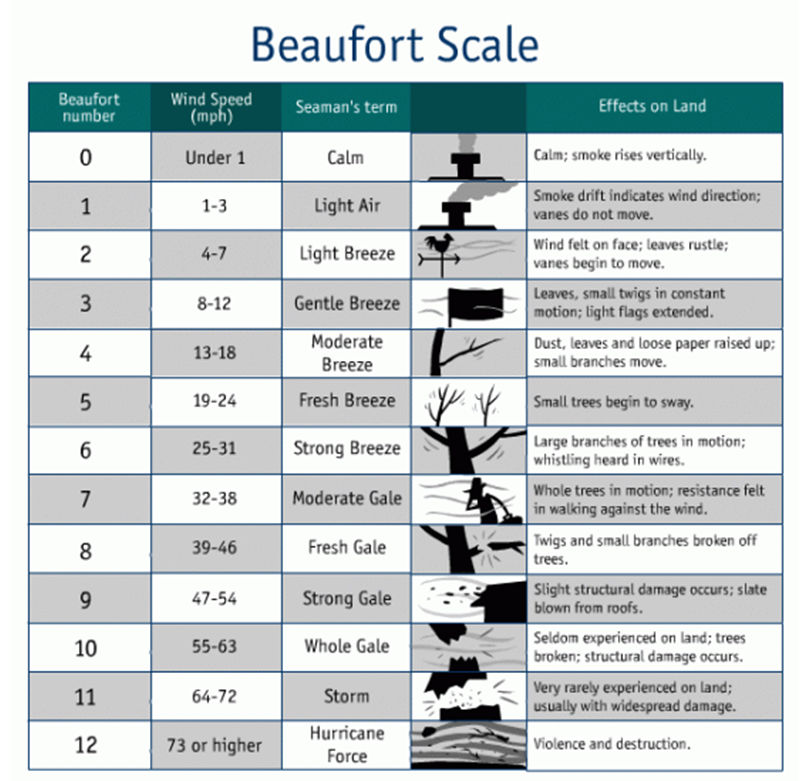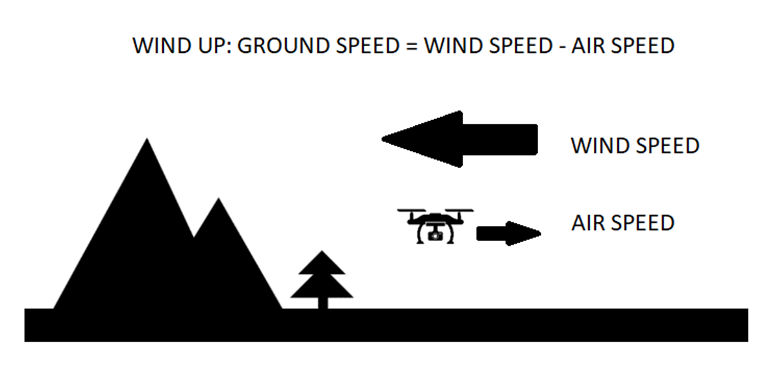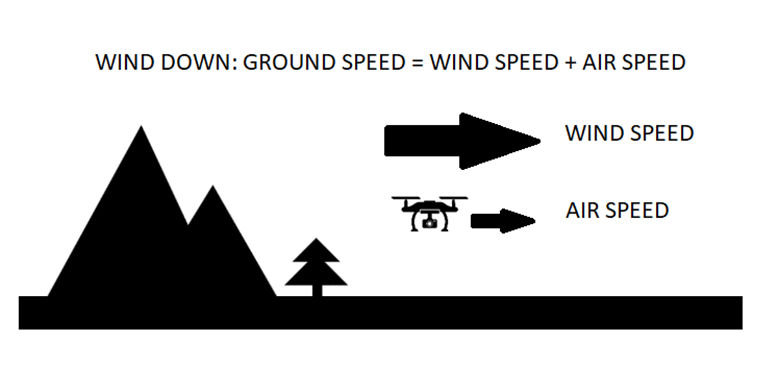Its Not Too Windy to Fly Drone Its Not That Windy Memes Funny
I have a day off and look out the window to see whether I can fly my drone. The tree in my yard is bending in the wind, and I wonder whether drones can fly even in strong winds. What I found on this topic and some tips to fly in strong wind you can read here.
How windy is too windy for a drone? Most commercial drones can be flown in wind between 10 and 30 mph. The maximum speed of the drone determines up to which wind speed can be flown. A rule of thumb says that the wind may be up to two-thirds of the drone's maximum speed. For example, a DJI Phantom 3 can fly up to 16 mph, so the maximum allowed wind speed is 10 mph.
If you want to fly in strong winds, there is a lot to consider, such as the flying behavior and the battery status.
What happens when I fly a drone in strong winds?
Many people say that drones are unaffected by the wind because they fly in their own airflow. But that is not right. Drones are affected by the wind, and in each flight situation, there are different things to consider.
The starting sequence is the most dangerous situation if you fly in strong winds. The ground-level turbulence of the drone is overlaid by that of the wind. The drone can be displaced or flipped over by the wind. Generally, the pilot must stand behind the drone facing the wind, so in the worst-case scenario, the drone could crash into your face.
When the drone is hovering, it is not leveled horizontally. The drone will compensate for the wind by flying against the wind direction. The drone has a horizontal tilt like it is flying forward, but it simply hovers in front of you. You can also hear the motor and propeller more loudly in such a flight situation, which indicates that the drone needs more electric power than when hovering in low winds.
You must be attentive during the flight. Unexpected movements of the drone will occur due to the wind turbulence, and you will have to actively take countermeasures. For the whole fight, the drone needs more electric power, so be prepared for a shorter flight time than in, normal flight conditions.
If you fly wind up, the drone will seem extremely slow. For example, if the wind has a velocity of 30mph and your drone a maximum speed of 35mph, then the drone speed wind up is only 5mph.
If you fly wind down, that velocity is added, and the drone will have a speed of 65mph. The reaction of the turbulence is also incredibly fast, so you must be focused on the movements of the drone.
The landing sequence is as difficult as the starting one. The drone can be displaced and crash into an object or into you.

How are drones affected by the wind?
There are two ways a drone can be affected by the wind. The first one is technical influence on the energy supply: The drone needs much more energy to fly and to compensate for the turbulence. You can see that in the hovering tilt. If you fly wind up, you need a lot more energy for the same distance as opposed to flying in no wind. The drone is faster wind down but requires more energy to hold the position during turbulence.
The second one is effects on the flight behavior. The movements of the drone wind up are sluggish. It might react a bit late to control signals due to the high energy consumption against the wind.
Wind down, the drone is pushed right and left like a boat in rapids. It tries to compensate for every movement, which is highly energy consuming. Due to the high speed of the drone, the control signals are strongly accepted and result in fast movements.
To fly at high speeds wind down, you have to use the ATTI or manual mode. The GPS mode has a maximum speed defined. If you fly, for example, wind down with 30mph but your defined maximum speed is 25mph, the drone will fly 5mph against the wind, so the resulting velocity is 25mph. For DJI drones, you have to switch to the S-mode in the DJI GO-App to use the maximum speed.
Here is a list of some common drones and their maximum speed:
DJI Phantom 3* – 16 mph
DJI Mavic Air* – 42.5 mph
DJI Mavic Pro* – 40 mph
DJI Phantom 4 Pro* – 45 mph
DJI Inspire 2* – 58 mph
Uvify OOri – 50 mph+
Stigg racing drone – 129 mph+
Seven tips for flying a drone in strong winds
- Start your drone somewhere protected from the wind. Most accidents happen in this phase of the flight, so you should pay attention to this tip when flying in strong winds. Align the drone with the front part facing the wind and stand behind the drone at a safe distance.
- Be especially careful when you fly into the wind after starting from the slipstream. The flight control of the drone will need time to compensate for the wind.
- Keep a longer-than-normal safe distance in all directions during the flight. Unexpected turbulence can occur at any time. Don't fly over people, and always keep the drone in sight.
- If you plan to fly a longer distance, you should fly against the wind first. In this phase, the drone consumes the most power, and you can better estimate whether it has enough power for the return flight.
- During the flight wind up, the reaction of the control signals can be sluggish. Your control signals may need to be stronger than expected.
- When flying wind down, drones tend to overreact. Set your control signals to be very smooth, and look at how the drone reacts. The drone will be faster than usual, so keep in mind that it will also take longer than usual to stop the drone.
- For the landing sequence, it is recommended to hover at a high altitude with the front side of the drone against the wind. During the transaction to the slipstream area, the drone may fly frontside spontaneously because of the reaction time of the flight control signals.
How windy is it currently?
When I first began to fly RC planes, I always asked my dad, "How windy is it right now? … and now?" I wanted to know if it was possible to fly my drone. With time, you develop a feeling for the wind conditions, but there are still some possibilities to measure or estimate the wind.
Anemometer: A small device that has a little wind turbine integrated into it to measure the wind speed. Always keep in mind that the wind at a higher altitude can be different.
Wind App: Apps like UAV Forecast show you the wind speed of the nearest weather station to your location. The local wind conditions can, however, vary significantly from those of the weather station.
Beaufort Scale: For every wind speed category, the Beauford Scale has a picture that you can to compare to the current situation to estimate the wind speed.

Scale from mackitebording.
Types of wind
Wind is a science on its own, and there are many complex types of wind. There are two main types of wind to know for flying a drone.
During a general weather situation, the wind is mainly constant. The same applies to breezes at sea and on land, which are generally constant and the same every day.
Thermal wind is a local updraft wind that is based on the rising warm air on the ground heated by the sun. Thermal wind can be very strong. A sign of thermal wind is small cumulus clouds.
Airspeed vs Ground Speed
To fly in strong winds, it is good to know what the airspeed and ground speed are and how to calculate them.
The airspeed is the speed of the drone relative to the air.
The ground speed is the speed of the drone relative to the ground.
If you fly against the wind, there is a gap between the airspeed and ground speed. When you fly wind up, the ground speed is the airspeed minus the wind speed, and flying wind down, it is the airspeed plus the wind speed.


Can I fly a drone in the rain?
Generally, drones cannot fly in the rain because they are neither water-resistant nor waterproof. But there are some drone systems with different stages of water resistance. The critical parts are the motor and the electronic components. For more information, click this link.
*Affiliate Linke to Amazon
giddingsdigetund66.blogspot.com
Source: https://tipsfordrones.com/can-a-drone-fly-in-strong-winds/
Belum ada Komentar untuk "Its Not Too Windy to Fly Drone Its Not That Windy Memes Funny"
Posting Komentar